Kitah Hey (5th Grade) Information
Kitah Hey (5th Graders) are just coming into their own with a sense of a future as young leaders and yet still needing the nurturing and consistency of a solid foundation. This curriculum aims to provide that precarious balance.
Goals:
- To study the Amidah section of the prayer service
- To understand the history of the Jewish people from biblical times through the growth of Jewish immigration in the mid-1800’s.
- To explore the culture and varied groups of people living in Israel
- To study the Jewish holidays, focusing on less familiar background information and details of observance
In 5th grade, students will continue their Hebrew studies by mastering the Amidah section of the prayer service. Students will be required to read the Hebrew prayers, translate key words, and understand the general meaning of each prayer. During the year, students will participate in a Friday night service, demonstrating their ability to lead the congregation in prayer and performing a play based on the weekly parsha (Torah portion).
Students will begin a 2 year study of Jewish history, beginning with the eras of ancient Israel and moving forward through the ages of the Talmud, Rabbinic scholars, and Diaspora. A specific focus on the challenges of assimilation and identity will be incorporated into the curriculum. Students will complete a history project at the end of the year, either an essay or an in-class presentation.
Students will engage in a study of Israel from the perspective of culture and people. Students will taste the foods of Israel, sing the songs of Israel, and learn about all the different group of people that share the land of Israel with the Jewish people.
Students will study the Jewish holidays, delving further in to the background of each holiday and learning about the lesser known rituals associated with various holidays. Students will be encouraged to try incorporating these new rituals in to their own practice and developing new rituals of their own.
Prayer and Hebrew:
Text: Hineni 2, Behrman House
Students expand their vocabulary and continue to acquire new building blocks. Within each prayer students search for unique building block words.
The following prayers are learned with an emphasis on building Hebrew vocabulary.
Avot/Imahot
Oseh Shalom
Ki Metzion
Lecha Adonai
Bircat Hatorah
VeZot HaTorah
Eitz Hayim Hee
Al Shlosha Devarim
Aleinu
Kaddish
Ayn Keloheinu
The Birkat HaMazon (blessing after the meals) is also studied both for vocabulary and understanding.
Why Be Different?
Being Jewish, and being Jewish in Tucson, raises eyebrows and questions. Students begin to explore and decide for him or herself his/her personal values and meaning behind this religion. It teaches students to ask questions about that which he/she does not understand and access answers and resources to validate his/her experiences.
Torah:
Text: Basic Judaism for Young People: Volume 2, Torah, Behrman House
Our sages tell us, “Turn it around and around, for everything is in it.”
This text explores the many faces of the Torah and brings the students into the inner meaning of the Torah and its stories. We are no longer dealing with the surface questions of: How many animals could fit in to the ark? We are delving into the inquiry of motive, character, and lessons to be learned. This book engages the student to unveil the mysteries and multi-layers this sacred text has to offer.
Holiday Concepts and Vocabulary:
Rosh Hashanah
Shehecheyanu with apples and honey
Aseert Yemei Teshuvah
Avina Malkeynu
L’Shanah Tova Tikateivu v’tichateimu
Machzor
Shabbat Shuvah
Selichot
Yamim Noraim
Yom Ha Din
Yom Hazikaron
Yom Teruah
Yom Kippur
Al Chayt
Ashamnu
G’mar Chatimah Tovah
Kol Nidrei
Yizkor
Sukkot and Hoshana Rabba
Hoshana Rabbah
Lulav
Shalosh Regalim
Shemini Atzeret
Mashiv ha Ruach u’morid Ha Geshem
Shemini Atzeret
Chanukah
Al HaNissim
HaNerot Halalu
Judah Macabee
Kislev
Latkes/levivot
Modin
Mesgadol Haya Po/Sham
Sufganiot
Purim
Adar
Al Hanisim
Esther/Hadassah
Matanot La-Evyonim
Mishloach Manot
Ta’anit Esther
Pesach
Arba’ah banim
Arba Kushiot
Hag Ha-Aviv
Kos Shel Eliyahu
Hallel
Mechirat Chametz
Nisan
Shabbat HaGadol
Yom Hashoah
Shoah
Yad Vashem
NOTICE OF NONDISCRIMINATORY POLICY AS TO STUDENTS
The Temple Beth Hillel Religious School admits students of any race, color, national and ethnic origin to all the rights, privileges, programs, and activities generally accorded or made available to students at the school. It does not discriminate on the basis of race, color, national and ethnic origin in administration of its educational policies, admissions policies, scholarship and loan programs, and athletic and other school-administered programs.
